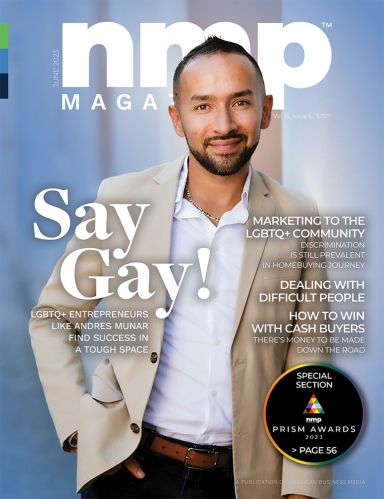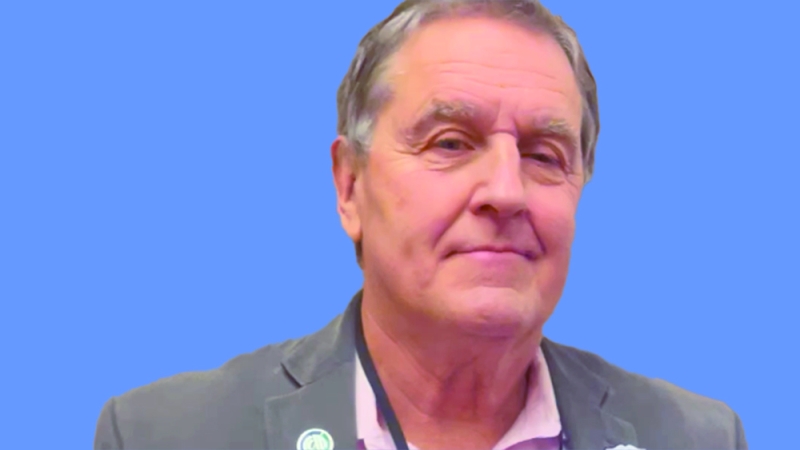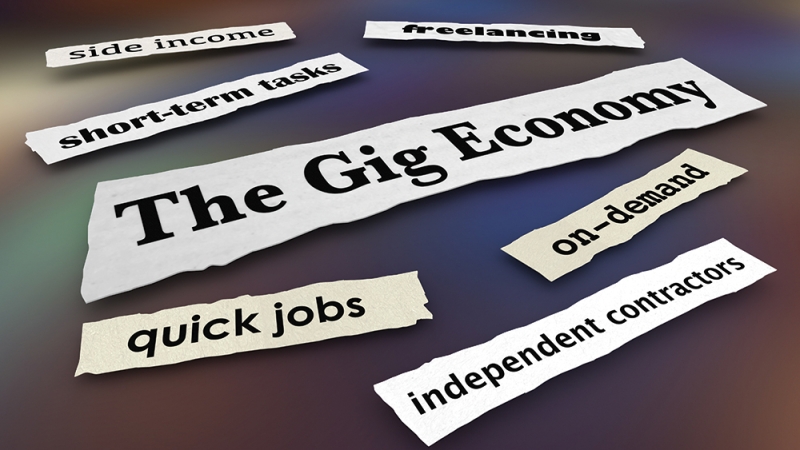LinkedIn will always prioritize content from your closest connections first, and then topic priority is usually determined by the types of groups, companies, or pages you follow.
From there, LinkedIn looks for what it deems to be high-quality content: think video, links, your insights, or anything that it thinks will appeal to your connections. Finally, it’s all about engagement, especially early engagement. If your first connections are engaging with your content off the bat, LinkedIn ranks this higher, and there will be a greater likelihood of your content being shown to second and third connections. By the same token, if you are posting frequently without engagement from your connections, you are going to have a harder time getting your content to show within your first connections, let alone get content pushed out further.
Facebook
Facebook and its groups continue to be a great resource for mortgage industry professionals. Much like LinkedIn’s algorithm, one of the primary drivers of what content shows up on your feed is who you are connected with. Whether it be people or pages, what and who you follow and interact with will be displayed first.
However, Facebook’s algorithm relies heavily on looking at the type of content you interact with to determine what you are seeing. If you typically watch a lot of video content on Facebook, more video content will appear on your feed. If you engage with text posts, you’ll see more text posts. Finally, Facebook looks at engagement. Much like LinkedIn, Facebook prioritizes popular posts that have significant initial engagement, especially if they are also receiving engagement from people you are connected with. These are highly likely to be boosted by the algorithm and appear on your feed.
Instagram
Instagram is a great tool for marketers to increase and reinforce brand awareness with its potential client base. Much like the previous two platforms, Instagram also prioritizes the content of the people you follow and engage with. So, for companies using Instagram, it is critical to encourage engagement from your followers and respond to that engagement. Instagram also gauges your interests based on engagement and the content you look at already, suggesting similar content. Finally, unlike LinkedIn and Facebook, Instagram places a heavy emphasis on the popularity of content and how it fits in with current social media trends.
However, Instagram is known for having frequent changes to its algorithm. For this platform, you will likely have to pivot and adjust your strategy regularly. For instance, about six months ago, Instagram pushed to prioritize video content. If you posted reels and video, you likely have seen greater engagement than if you were posting a photo or carousel of photos. But due to user feedback and complaints about Instagram becoming too similar to TikTok, Instagram is once again shifting to prioritize photos. This is one social media platform that you’ll need to stay on your toes to keep up with for the greatest success.
Make the Algorithms Work for You
With all of this information about what social media algorithms prioritize, where are some of the common threads and how do you use them to your advantage? First and foremost, it’s imperative that you focus on creating relevant, quality content that essentially matches what the social media platform and the users of the platform expect. This means that what you create for LinkedIn won’t work on Instagram as is. Gain an understanding of the formats and content types that do the best on each platform and formulate your social strategy accordingly. Also, make sure the content you are creating appeals specifically to your target audience on each platform.













